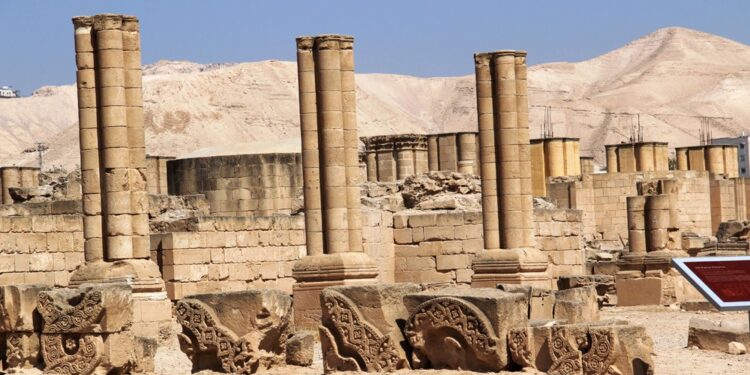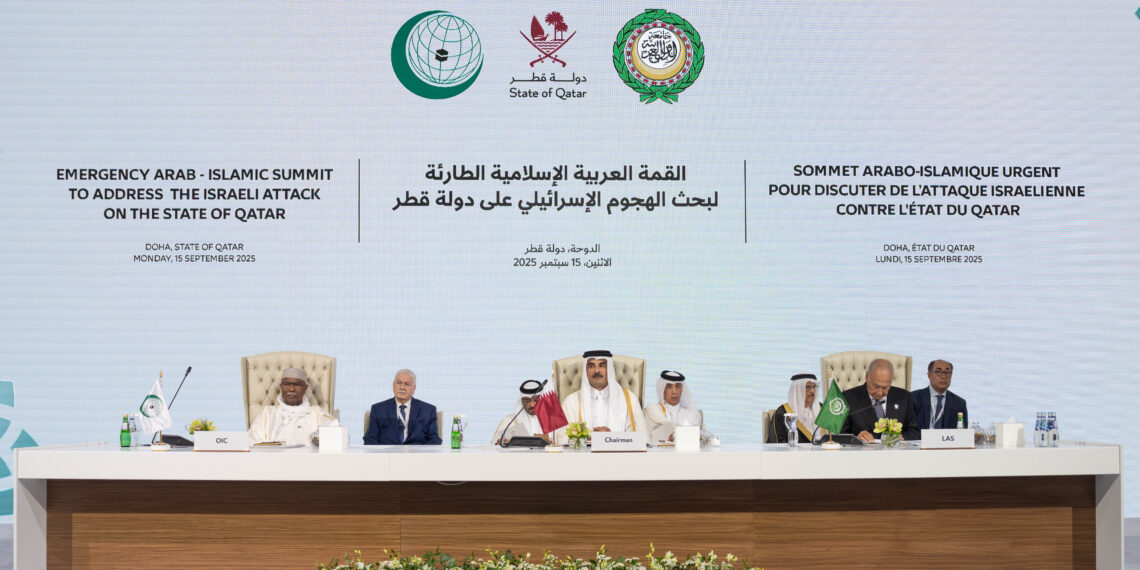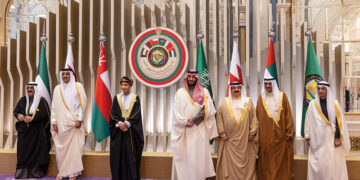The Palestinian Ministry of Tourism and Antiquities announced the inscription of three sites in Palestine on the Arab Architectural and Urban Heritage Register: the Old City of Jerusalem, the Old City of Hebron, and the Great Omari Mosque in Gaza City.
The announcement came in a statement issued by the ministry, which explained that the step was taken during a meeting of the Observatory of Architectural and Urban Heritage in Arab Countries, which was recently held in Lebanon. The meeting was convened and organized by the Arab League Educational, Cultural and Scientific Organization (ALECSO) and in cooperation with the Lebanese Ministry of Culture.
According to the statement, the inscription of these sites aims to document and promote them at the regional and international levels as part of the cultural and architectural heritage of the Arab region. The statement also indicated that this inscription contributes to strengthening efforts to protect and preserve these landmarks and ensure continued interest in them by specialized institutions.
The Old City of Jerusalem includes numerous historical and religious sites and architectural landmarks dating back to different eras and is considered one of the most prominent areas representing urban heritage in Palestine. The Old City of Hebron is distinguished by its traditional architecture, ancient markets, and historic buildings. The Great Omari Mosque in Gaza is one of the oldest and most important mosques in the city, boasting a unique architectural style.
The meeting of the Arab Architectural and Urban Heritage Observatory included a review of the files of several sites in Arab countries nominated for registration, with 19 new sites approved for inclusion in the register. The inclusion of the three Palestinian sites on this list came after a review of their files and documentation of their historical and architectural value.
The Arab League Educational, Cultural and Scientific Organization (ALECSO), an organization affiliated with the League of Arab States, works to support initiatives to preserve tangible and intangible heritage in the Arab world, in coordination with official bodies and specialized centers in member states.
It is worth noting that the Arab Architectural and Urban Heritage Register aims to identify and document prominent landmarks that reflect the cultural, historical, and architectural specificity of the region and facilitate the exchange of expertise among member states regarding methods of preserving and maintaining these sites for future generations.







